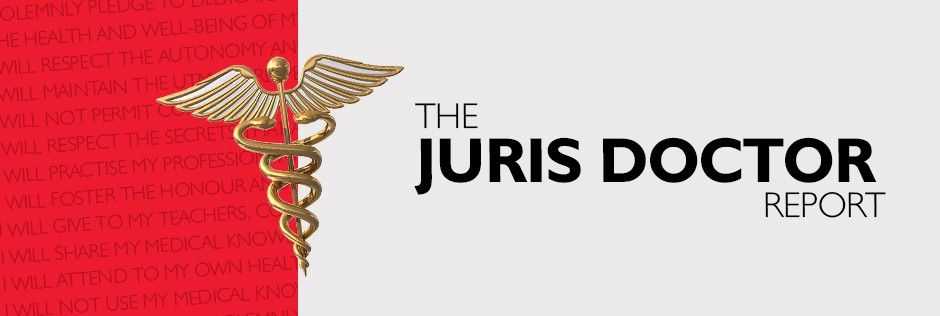For more information about this blog post, please contact Khaled J. Klele, Ryan M. Magee, or Labinot Alexander Berlajolli.
OIG Advisory Opinion No. 20-02
In a January 15, 2020 Advisory Opinion, the Office of Inspector General (OIG) weighed in on whether financial assistance for travel, lodging, and other expenses provided by a pharmaceutical manufacturer to certain patients prescribed the manufacturer’s drug, constitutes grounds for imposition of sanctions under the civil monetary penalty provision prohibiting inducements to beneficiaries, § 1128A(a)(5) of the Social Security Act (the “Act”), or under the exclusion authority at § 1128(b)(7) of the Act, or the civil monetary penalty provision at §1128A(a)(7) of the Act, as those sections relate to the commission of acts described in § 1128B(b) of the Act, the federal anti-kickback statute.
OIG determined that, although such an arrangement could potentially generate prohibited remuneration under the anti-kickback statute if the requisite intent to induce or reward referrals of federal healthcare program business were present, OIG declined to impose administrative sanctions under the circumstances presented. OIG’s analysis and subsequent determination was fact-sensitive, and OIG emphasized that the Advisory Opinion could not be relied upon by any persons other than the original requestor of the Opinion. Nevertheless, the Opinion confirms that financial assistance provided by pharmaceutical manufacturers to certain patients may be lawful under certain scenarios. A copy of the Opinion can be found here.
CMS Proposes MA Risk Adjustment Changes for 2021
CMS released an advance notice of proposed changes to Medicare Advantage’s (MA) risk adjustment payment model, indicating that it plans to move forward with a proposal to use more data from healthcare providers’ encounters with patients to calculate risk-adjustment payments for MA plans. CMS currently uses MA’s risk-adjustment model, known as the CMS-HCC Risk Adjustment model, to determine payments for MA plans. Under the model, MA plans assign each beneficiary a risk score based on medical coding that reflects the beneficiary’s medical condition. Beneficiaries with poorer health will have higher risk scores, while healthier beneficiaries will have lower risk scores. MA plans are given higher payments for beneficiaries with higher risk scores than they are for beneficiaries with lower risk scores. The new proposal would continue phasing in changes to the risk adjustment model required between 2019 and 2022 by the 21st Century Cures Act of 2016. For 2021, CMS would calculate 75% of the risk score based on encounter data and 25% of the score based on Risk Adjustment Processing System data. CMS proposes to continue using its 2020 risk adjustment model to calculate the encounter data-based score and its 2017 risk adjustment model to calculate the RAPS-based score. Comments are due by March 6, 2020.
HHS Announces Final Rule CMS-0055-F
The Department of Health & Human Services (HHS) announced Final Rule CMS-0055-F (the “Rule”) on January 24, 2020, modifying the requirements for use of the National Council for Prescription Drug Programs (NCPDP) Telecommunication Standard Implementation Guide, by requiring the use of the Quantity Prescribed field to identify partial fills for Schedule II drugs. The modification enables covered entities to distinguish whether a prescription is a “partial fill,’’ where less than the full amount prescribed is dispensed, or a refill, where the full amount prescribed is dispensed, in the HIPAA retail pharmacy transactions. This modification is intended to provide a greater quantum of data that may help prevent impermissible refills of Schedule II drugs, which will help to address the public health concerns associated with prescription drug abuse in the United States.




